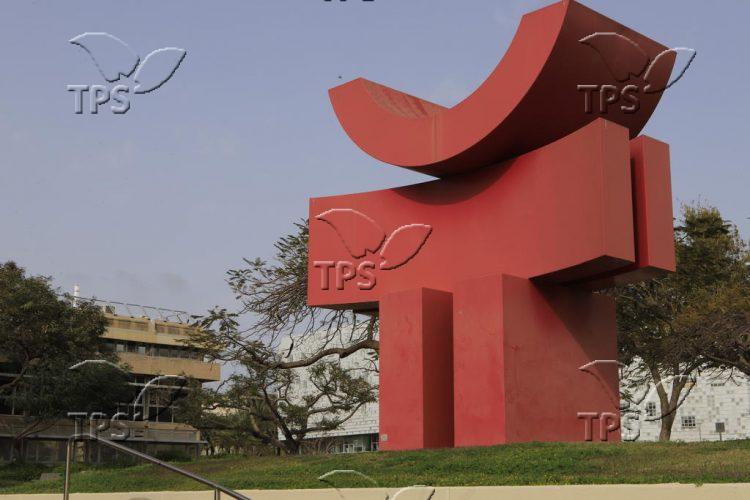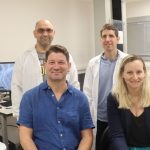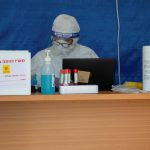Pendulum Power: Israeli Scientists Replicate Quantum Behaviors
Jerusalem, 7 March, 2024 (TPS) -- Israeli researchers unveiled a remarkable mechanical system capable of mimicking the complex behaviors of quantum systems, shedding new light on the intricate dynamics of quantum mechanics previously thought to be beyond direct observation.
Published recently in the peer-reviewed Proceedings of the National Academy of Sciences of the USA (PNAS), Tel Aviv University researchers — working in collaboration with Dr. Izhar Neder of the Soreq Nuclear Research Center — described their model as a large mechanical system designed to replicate the behaviors found in quantum systems.
Traditional quantum systems, governed by the principles of quantum mechanics, operate at the microscopic level, involving particles such as electrons and atoms. These systems exhibit wave-like phenomena and intricate dynamics, often challenging to observe directly.
However, the team’s newly developed system allows for the visualization of such phenomena by utilizing a network of coupled pendula, a system of pendulums that are interconnected in some way — typically through a shared support structure or by attaching them to each other. One pendulum’s motion is then able to influence the motion of the others.
The researchers meticulously constructed an array of 50 pendula with varying string lengths and controlled connections between neighboring pendula. Through precise manipulation, the researchers managed to emulate the dynamical rules characteristic of quantum systems, effectively reproducing behaviors observed in specialized “topological” materials.
In quantum mechanics, topological materials refer to a class of materials that exhibit unique electronic properties. In ordinary materials, the behavior of electrons moving through them can be complicated and easily disrupted by the material’s impurities or defects. However, in topological materials, certain electronic states are protected and are not easily disrupted by small changes in the material’s environment. These materials hold promising applications for quantum computing and lower-power electronics.
One of the study’s key findings was the direct observation of phenomena such as Bloch oscillations and Zener tunneling, which are fundamental to understanding the behavior of electrons in periodic systems like crystals. By initiating waves within the pendula array and monitoring their propagation, the researchers were able to directly measure the evolution of these phenomena, a task previously considered impossible in quantum systems.
Furthermore, the experiment provided insights into the wave evolution within topological mediums, a notoriously challenging aspect of quantum mechanics to study directly. By carefully tuning the pendula array, the researchers successfully mimicked the behavior of electrons in both topological and trivial states, allowing for the classification of these distinct states based on subtle differences in the pendula motion.
The researchers acknowledge that the pendula array cannot fully replicate the nature of quantum systems. However, the experiment paves the way for further exploration into the effects of noise, impurities, and energy leakage on wave dynamics within the framework of quantum mechanics and other quantum intricacies.







